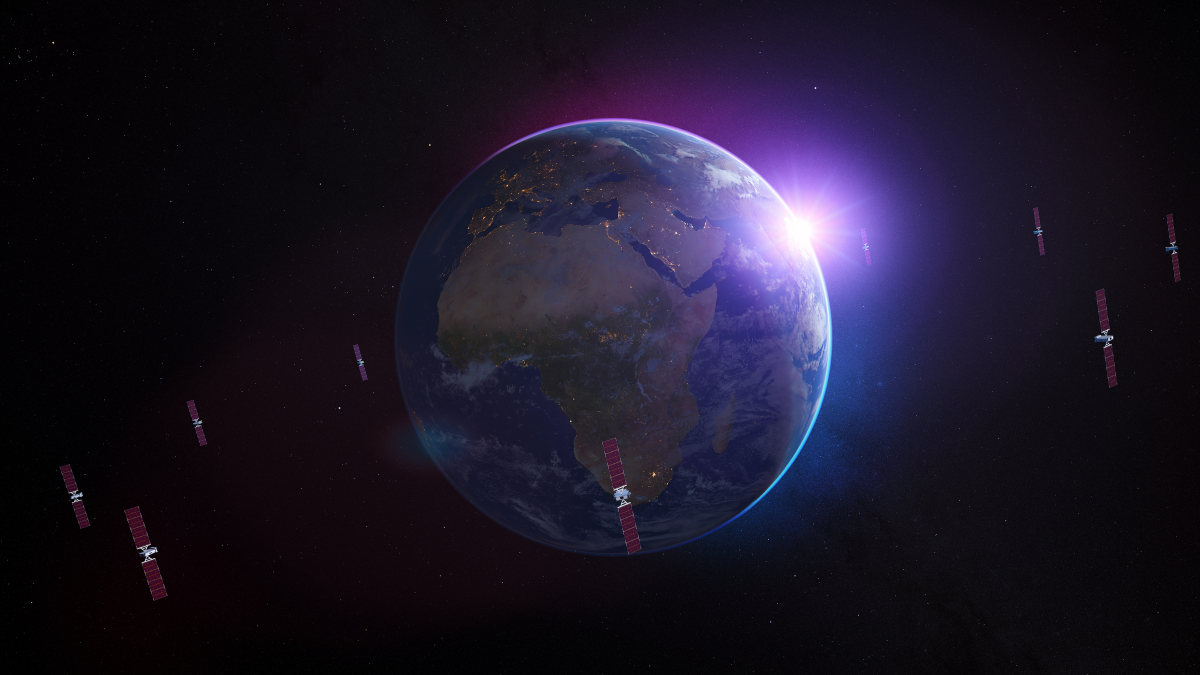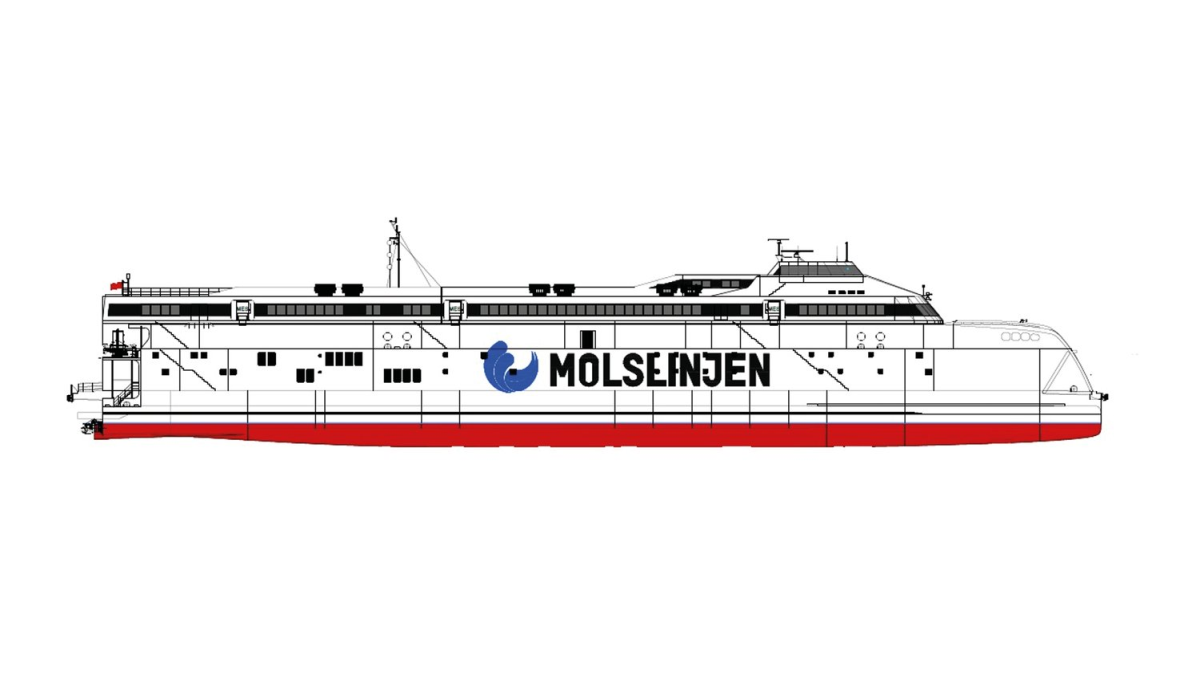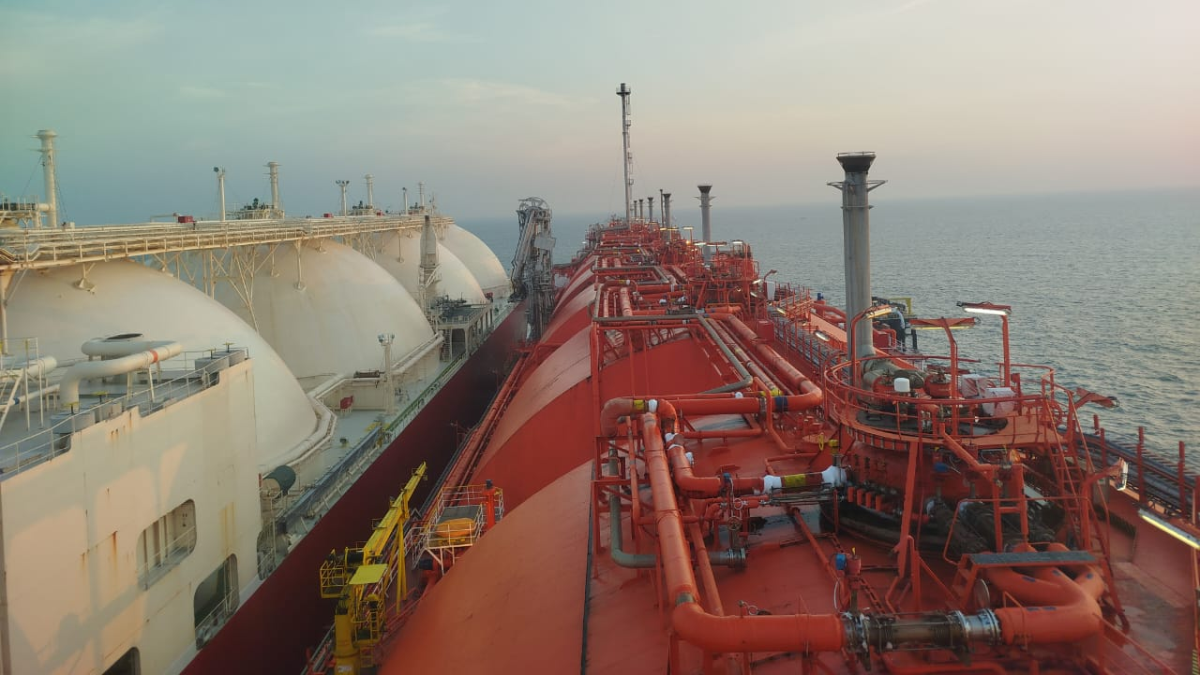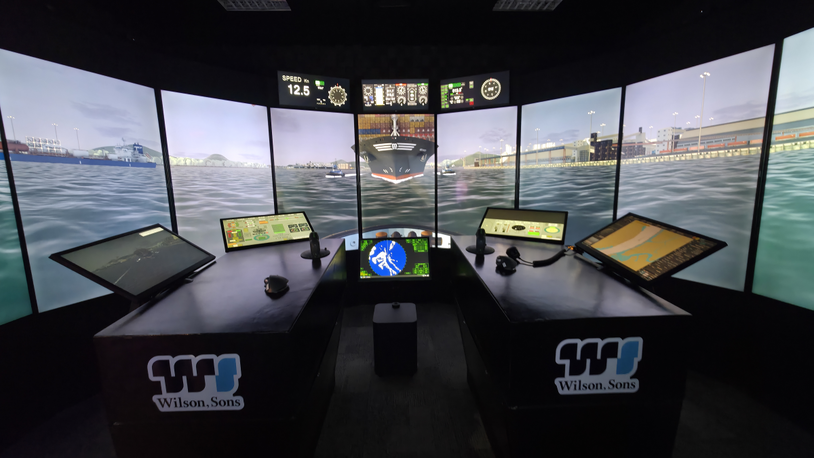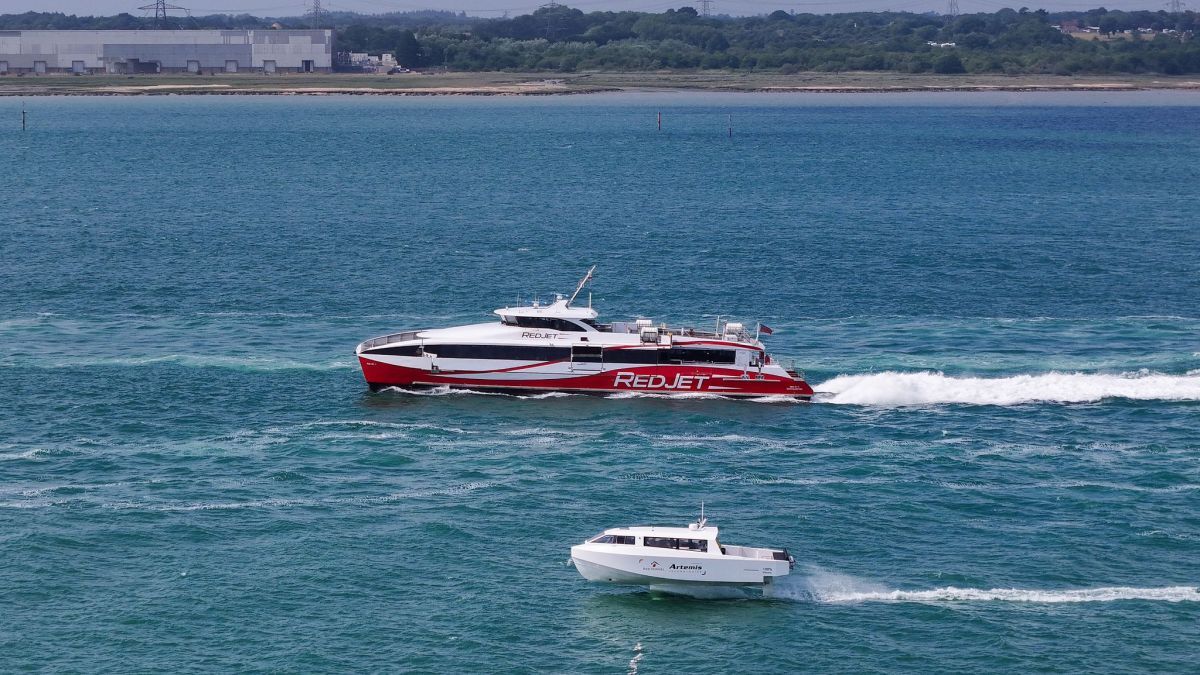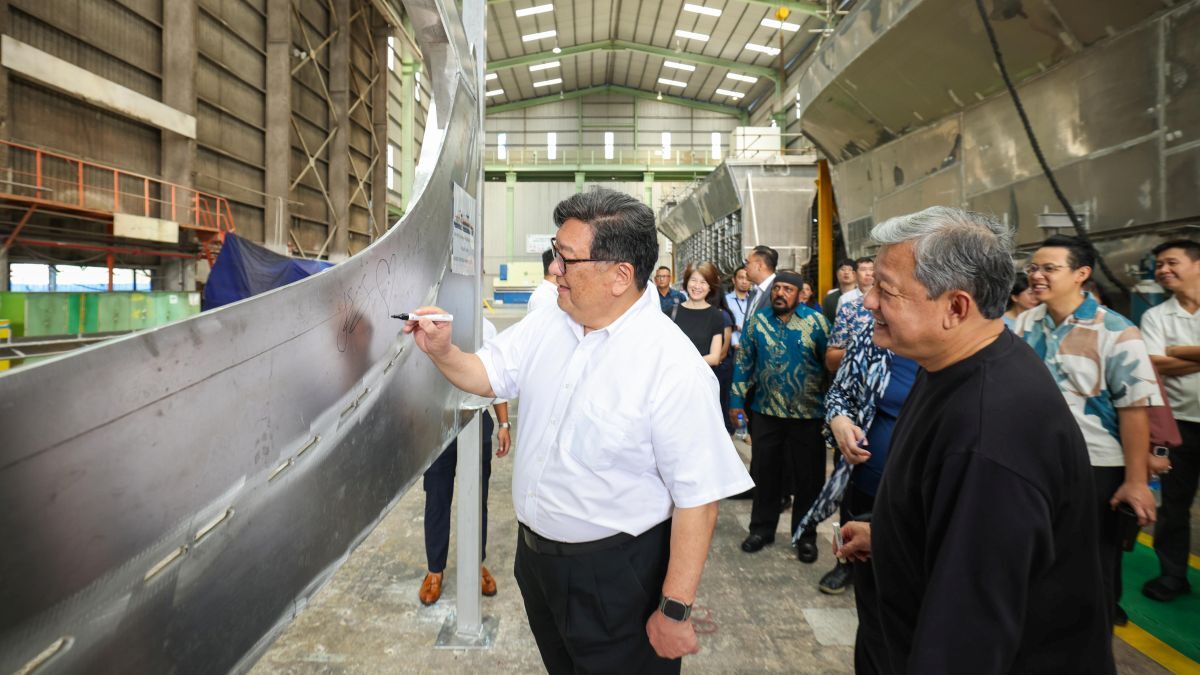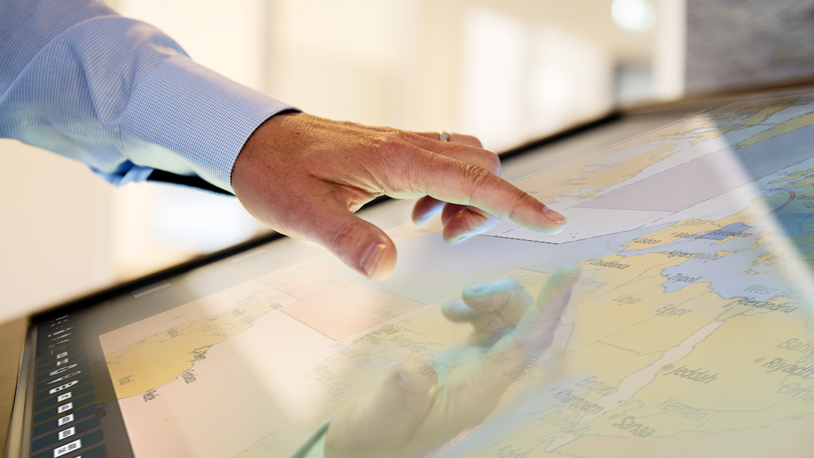Business Sectors
Events
Contents
Register to read more articles.
New MEO constellation planned for cruise, naval ship connectivity
Medium Earth Orbit satellites provide ultra-high bandwidth for military use and civilian cruise ships
A European operator of communications satellites has started planning for its next generation of medium Earth Orbit satellites as demand ramps up in passenger shipping and naval fleets.
SES is in the middle of a major launch programme for its second generation of medium Earth orbit (MEO) satellites and is already looking at technologies for the next constellation.
The Luxembourg-headquartered satellite owner has launched 10 O3b mPower spacecraft to date to offering connectivity services ranging from tens of megabits per second (Mbps) to multiple gigabits per second (Gbps) of capacity to ships, or a flotilla of vessels.
O3b mPower is the latest generation of MEO satellites providing hundreds of Mbps or even Gbps to passengers and crew on various cruise ships, and for the world’s navies.
Three more of these satellites are scheduled to be launched in 2026 and, following their commissioning, SES will have completed its new constellation in a threefold increase in available capacity by 2027.
But SES is pushing further. In September 2025, the company announced a collaboration with K2 Space to accelerate development of a next-generation MEO network.
The companies will co-develop and validate future network infrastructure and technologies. An on-orbit mission in Q1 2026 will be the first step towards rolling out SES’s future MEO network in the years after, ready for another boost to ship connectivity and coverage availability in the next decade.
“Over the past year, our O3b mPower services have been transforming industries and empowering our key customers, including cruise lines, airlines, NATO and many governments,” said SES chief executive Adel Al-Saleh.
“We continue adding incremental capacity to our initial O3b mPower constellation, strengthening our MEO network and delivering high throughput and predictable low latency services at scale.”
This initial constellation will consist of 13 high-throughput satellites orbiting 8,000 km above Earth, supported by global ground-based infrastructure.
An example of how these satellites support specialised sectors of the maritime industry is how they provided connectivity to the French Navy’s flagship aircraft carrier, Charles de Gaulle and its supporting vessels.
This was provided during a five-month deployment including the Clemenceau 25 mission in Q2 and Q3 2025. This carrier group had continuous connectivity throughout the mission, supported by SES’s O3b mPower gateways in Europe, the Middle East and Asia-Pacific along the entire route from the Mediterranean Sea to the Pacific Ocean.
New MEO satellites will have technologies from US-headquartered K2 Space.
“Our future MEO network will evolve through agile innovation cycles,” said Mr Al-Saleh. “By collaborating with K2 Space and other trusted innovative partners, we are combining our solutions development experience and operational depth with NewSpace agility to develop a flexible, software-defined network that adapts to customer requirements.”
He anticipates SES’s modular growth, open architecture and software-defined capabilities will enable MEO to continue supporting both commercial and government-backed shipping in the future.
’s next Vessel Optimisation Webinar Week will be held 20-23 October to focus on AI-driven vessel optimisation, practical decarbonisation strategies, and the integration of digital twinUse this link for more information and to register for these webinars.
Related to this Story
Events
Offshore Support Journal Conference, Americas 2025
LNG Shipping & Terminals Conference 2025
Vessel Optimisation Webinar Week
© 2024 Riviera Maritime Media Ltd.


